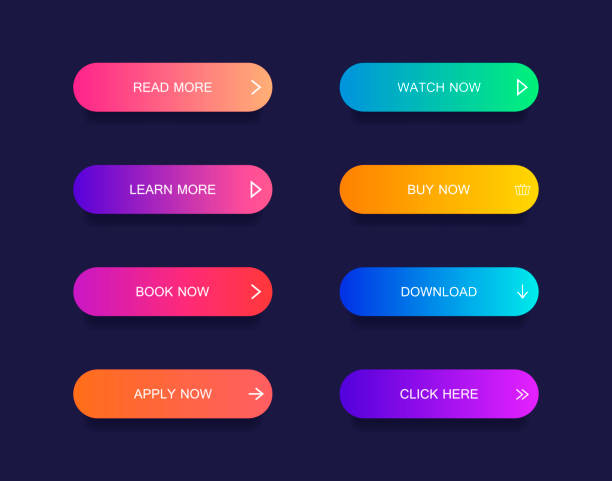It is never easy to set a budget. Working within your budget is important, but so is breaking down the expenses into manageable tasks. Prioritization should be a priority, and user experience (UX) is at the top of this list.
Focusing on the UX of your website means giving users what they want quickly and easily. This is especially important when managing B2B marketing and communications.
The business consumer who is researching a product or service will likely be looking to solve a problem. This user does not have the patience or time to wade through irrelevant animations and videos in order to find an answer.
UX is often overlooked. We’ll look at five reasons why businesses should focus on UX and allocate resources to the area.
Changing the design of a website costs money and time
Building your website is exciting but expensive. It would be best if you did things correctly the first time.
UX Debt will accumulate if you don’t meet the needs and expectations of your audience. This is a problem that must be addressed sooner rather than later. The longer you wait, the more costly and disruptive a redesign of your website will become.
Do not launch your website until you have consulted with professionals to develop the UX strategy. Test, tweak, and check your website constantly to avoid any common pitfalls.
Your website will need to be redesigned at regular intervals. New UX trends are always emerging. If you’ve got a good foundation, these adjustments will be more manageable and minor. You put your business at risk if a substandard UX requires a developer to recode the entire website.
Fulfilling UX generates consumer loyalty.
Brand loyalty is a top priority for B2B businesses. It costs five times as much to acquire a new client than it does to get repeat business.
When dealing with business, loyalty is key. It can take a lot of time and frustration to get a contract with a large company. It can be exhausting to constantly pitch for new clients, especially if your cash flow depends on this income.
Your clients are more likely to stay with you if your UX design is simple and hassle-free. It’s unlikely that a business will fix something that isn’t broken. A positive UX could even help to compensate for price increases.
It will be much easier for everyone if you make an effort at the beginning to create a profile of your customers and base your website UX around that.
Your business will save time with superior UX.
How much time do you spend in your business answering questions and solving issues? You can eliminate concerns if they are related to your online presence.
How to save both your time and that of your clients.
- FAQ pages are strategically located to answer common questions
- Chatbot Software for initial user questions
- The sales funnel is a direct path to payment, eliminating any middlemen.
- Reduce phone calls by using automated contact forms.
A superior UX will ensure that website interactions with automated software are enjoyable and not a chore.
UX for websites and SEO are closely related.
In the modern world, all roads start with Google. This means that you need to have a high-quality score to achieve SEO success. Will reap the benefits of a solid SEO plan.
Google’s algorithms are no longer based on keywords. The user’s behavior is as important today in determining a quality score.
Users who are able to navigate and find the information they need on a website with ease will be more likely to stick around. Untidy, poorly designed websites that do not adhere to the fundamentals of a great UX are more likely to be affected by the 15-second rule. Your SEO score will drop, and your site will fall in the rankings.
Budget for UX, including mobile friendliness and load times. If the user experience is poor, spending a fortune on content producers is counterproductive. Your users will not stay long enough to read your captivating copy.
Superior UX design can increase conversions.
It is a fact that B2B markets offer fewer opportunities for impulse purchases than B2C. Impulsive behaviors are still common in B2B. It may not be an immediate conversion, but a superior UX increases the likelihood of a sale.
Take a look at the B2B buyer’s journey. Your potential customer is likely researching a solution for a specific problem. Users may identify a problem, but that doesn’t necessarily mean they have the answer.
UX design can help. You’ll be recognized as a valuable resource if you acknowledge and empathize with the business needs and then make it clear that you have a solution.
It is important to have patience. Users who find your product may be interested in purchasing it, but they will rarely be able to do so immediately. All aspects of software compatibility, including licensing and financial obligations, need to be discussed.
It would be best if you made a connection. Although emotional connections are less common in B2B communication, building a relationship with your prospects through an efficient and useful website UX is beneficial.

